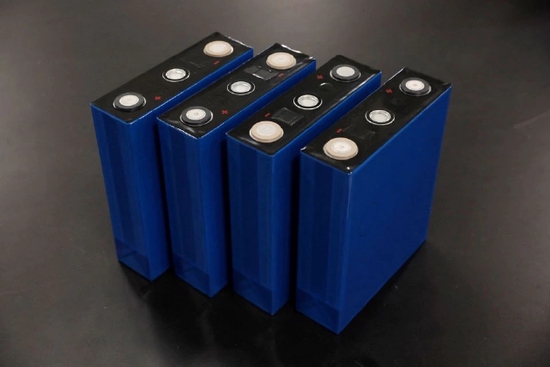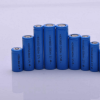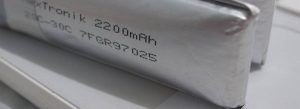Disadvantages and Advantages of LiFePO4 Battery
The demands on batteries and power supplies are increasing with the advent of new technologies and requirements, and you need batteries for your smartphone, laptop, electric vehicle, medical devices and digital cameras. These batteries need to be safe, lightweight and have a large power source. Lithium batteries have these characteristics and are mainly used for various applications. There are many advantages and disadvantages of lithium iron phosphate (LiFePO4) batteries.
Disadvantages of LiFePO4
The disadvantage of lithium iron phosphate batteries is that their performance is greatly affected by temperature, especially in a low-temperature environment, the discharge capacity and capacity will be greatly reduced. In addition, the energy density of lithium iron phosphate is low, and the weight energy density of the battery is only 120Wh/kg.
These batteries have low nominal voltage, reducing energy.
There are balance problems when aging, and they have a high self-discharge rate compared to other batteries.
Lithium iron phosphate batteries have a low energy density and require more protection.
These batteries do not perform well in cold temperatures and require more protection and maintenance.
Transport and aging effects are also common in lithium-iron phosphate batteries.
One of the disadvantages of LPF is deep discharge and low density. These weaknesses make the batteries unsuitable for small devices such as smartphones. Therefore, these lithium-iron phosphate batteries are mainly used in low-emission cars and electric bikes.
Some of the most important advantages of LiFePO4 batteries are the following
1: Low degradation and long service life.
LiFePO4 has a long life of 1,000-10,000 cycles compared to other batteries. Lithium iron phosphate has an excellent discharge rate and has lower degradation at high temperatures. Because of their extended life, you can use these batteries for various applications. A standard qualified LiFePO4 battery maintains 80% life up to 2000 discharge and charge cycles.
2: No danger to the environment
Lithium iron phosphate batteries are environmentally friendly and contain no harmful metals. They are environmentally friendly and do not contain harmful metals. They are non-contaminating and non-toxic and less expensive than other lithium ion and lithium polymer batteries.
3: Compact size and lightweight
Lithium iron phosphate batteries have a compact size and high power density. They are lightweight and have no memory effect. Lithium-iron phosphate batteries do not need to be primed, and their care requires less maintenance. They are gaining ground due to their small size, lightweight, stability at high temperatures and low cost.
4: High safety and efficiency
No downtime and fast charging make lithium iron phosphate more efficient and safer to use. These batteries can deliver a high discharge pulse rate in a short time and have a constant discharge voltage. Chemical and thermal stability make lithium iron phosphate batteries more reliable and safe.
5: Withstand extreme weather conditions and temperatures.
These batteries can withstand extreme weather conditions and temperatures, and the battery stays cool even at high temperatures. They have no thermal runaway and will not explode when overheated or overcharged.
6: Good shelf life and suitable for various applications.
Lithium iron phosphate batteries are used for various applications, such as electronic machinery, military and medical applications, and electric motors. For a low-cost battery alternative, these batteries can be a good choice. The safe iron phosphate chemistry and lack of recycling process make these batteries cheaper than LiPo and Li-ion batteries.






Leave a reply